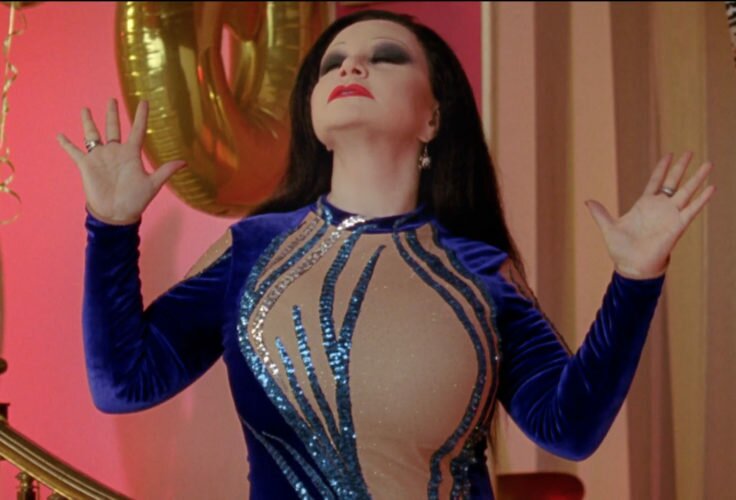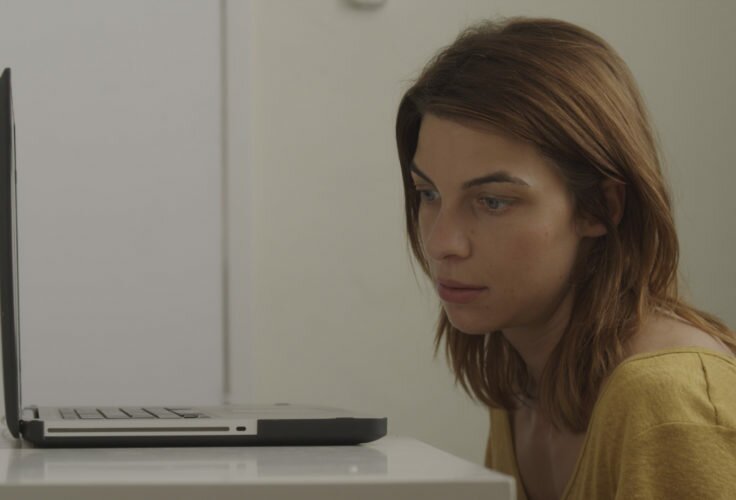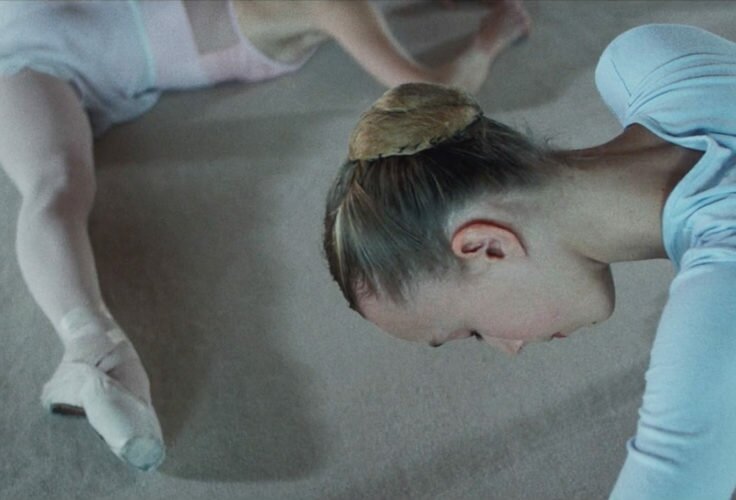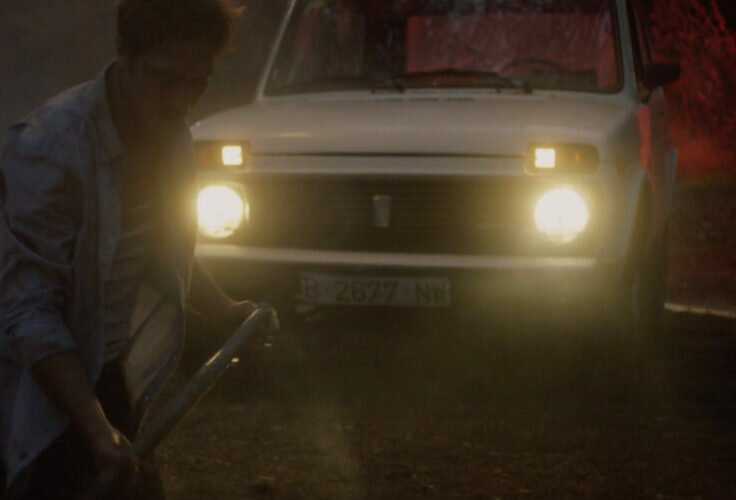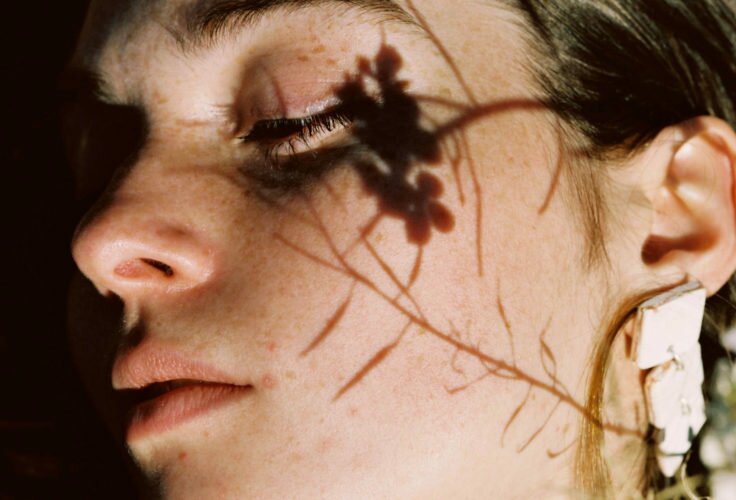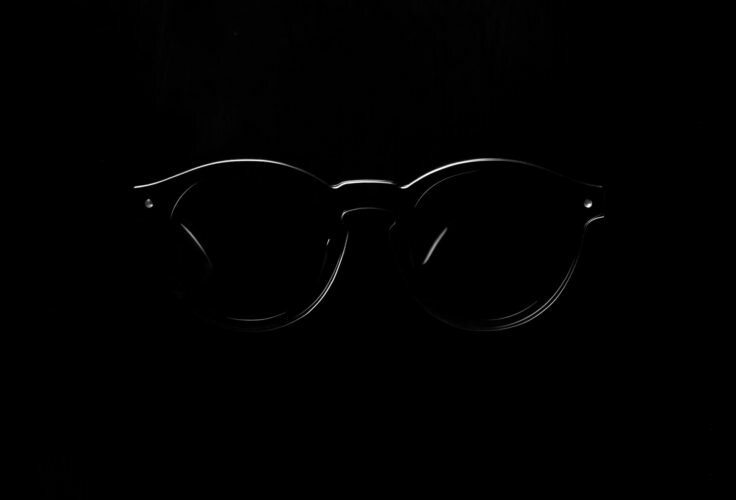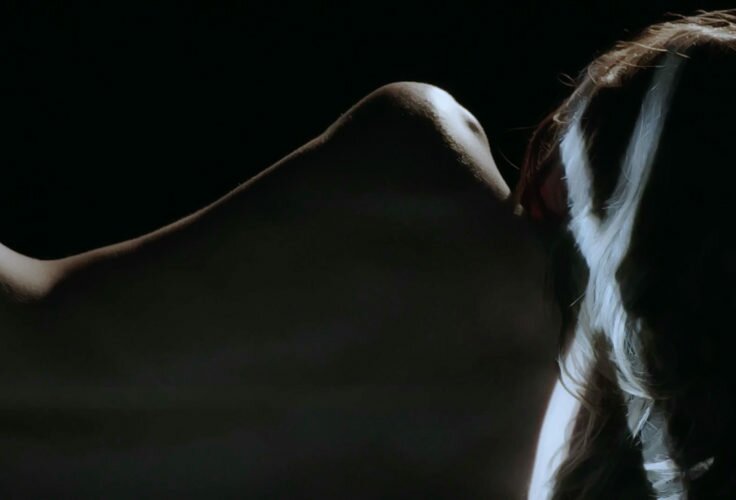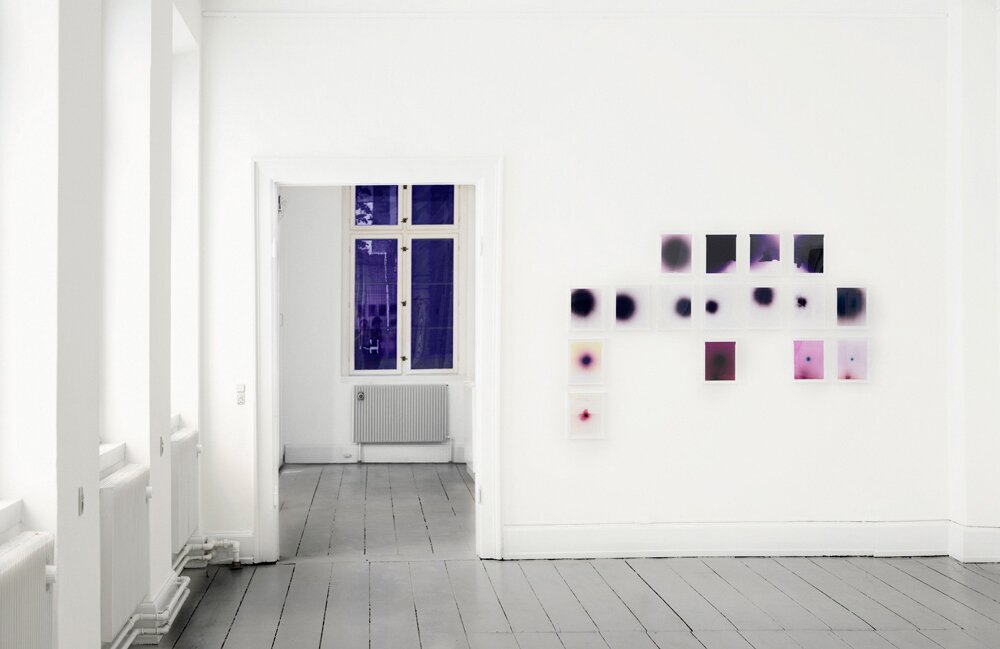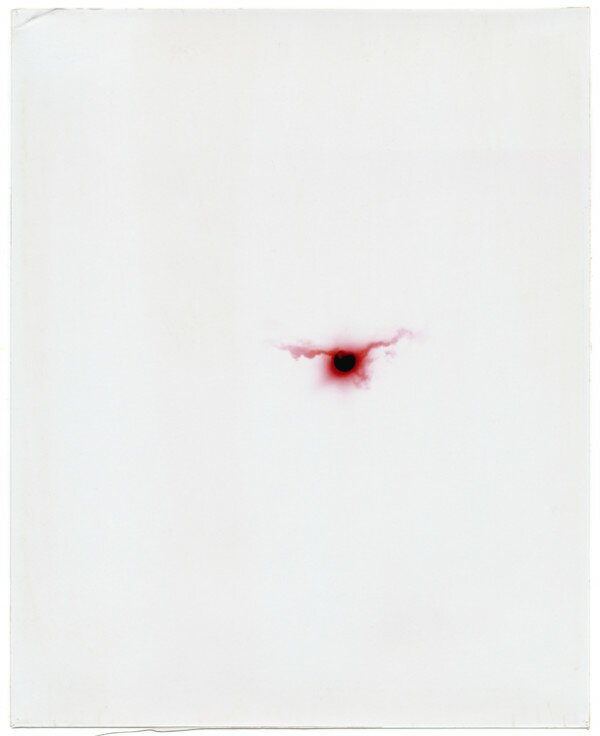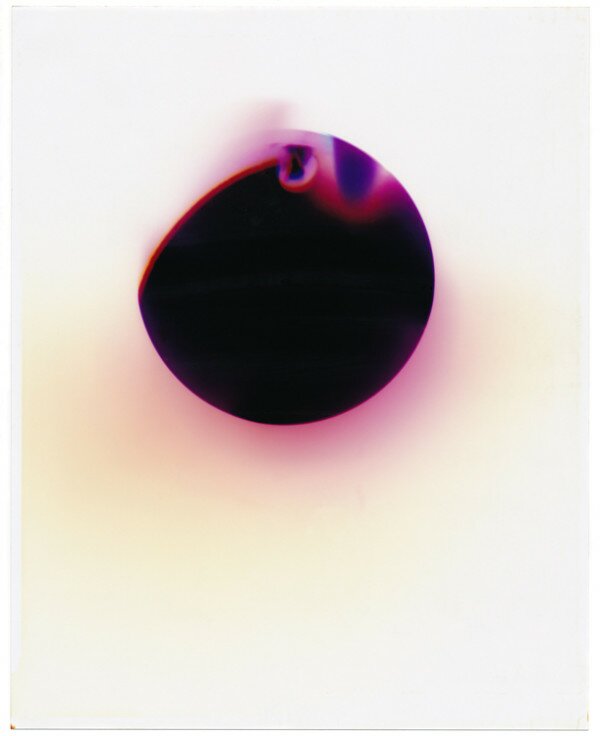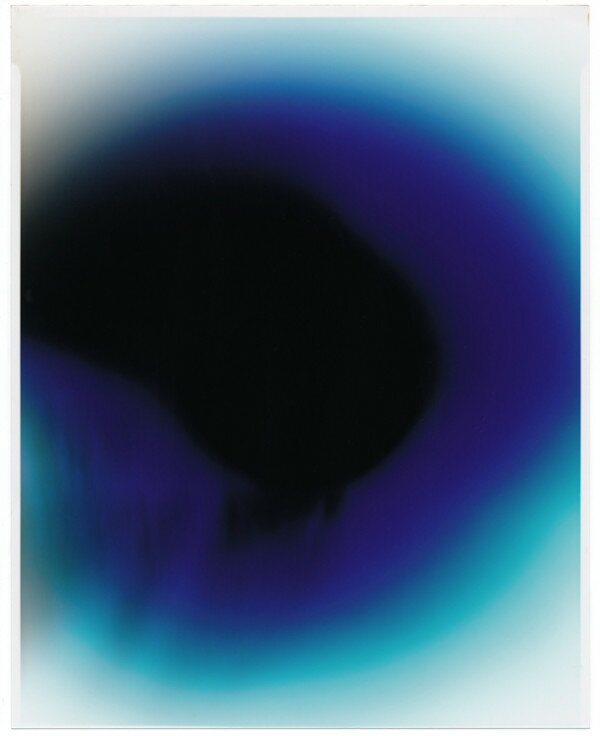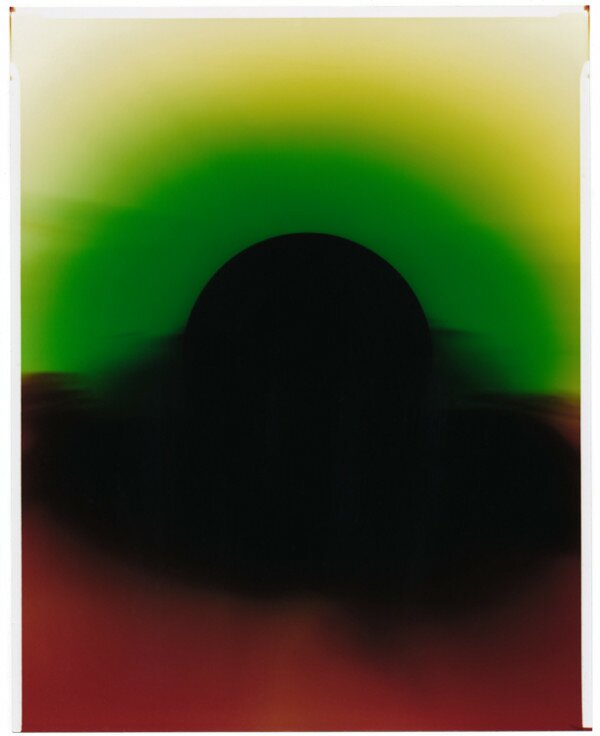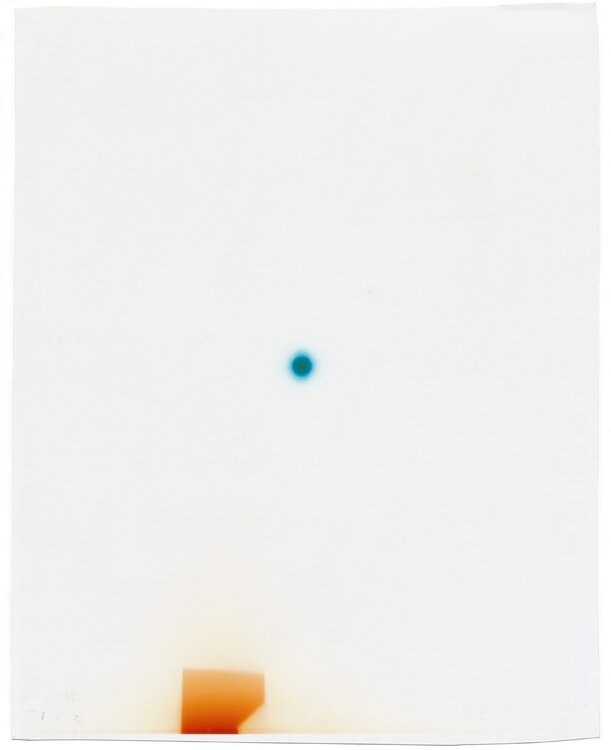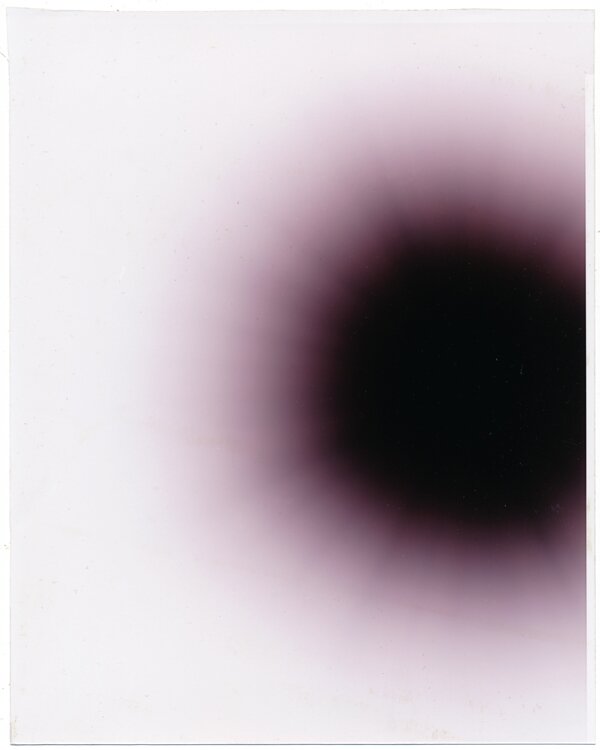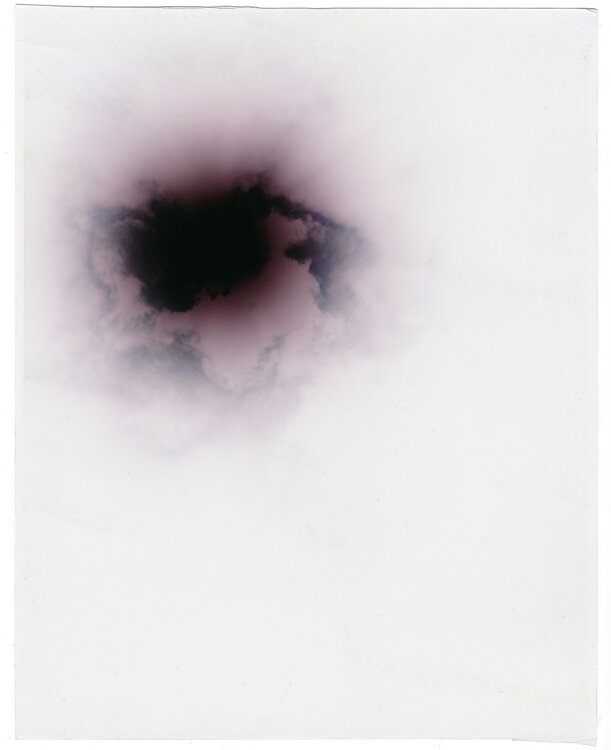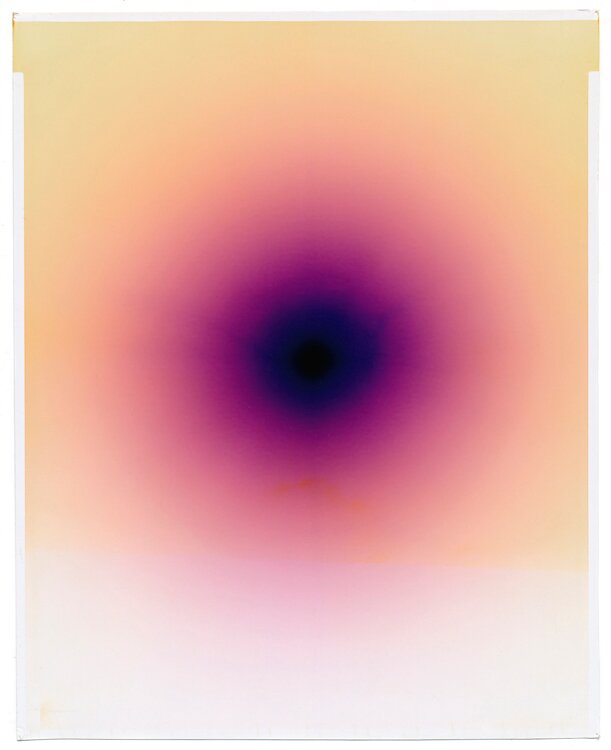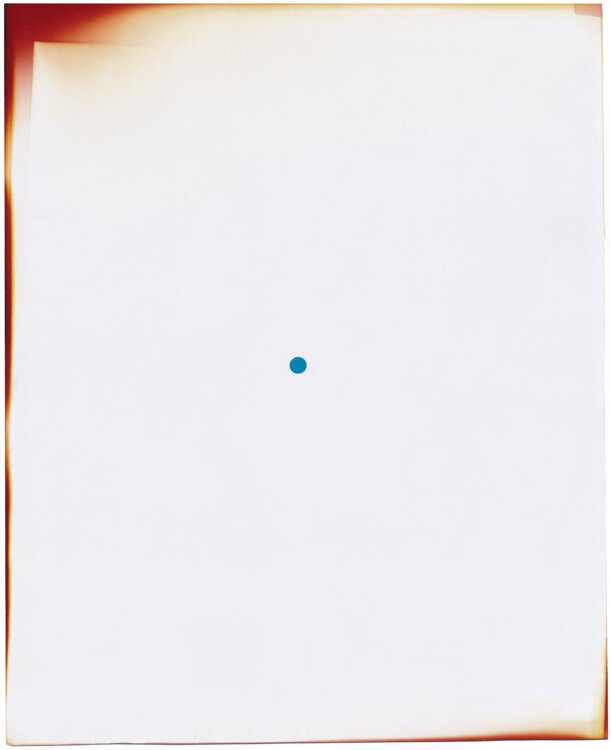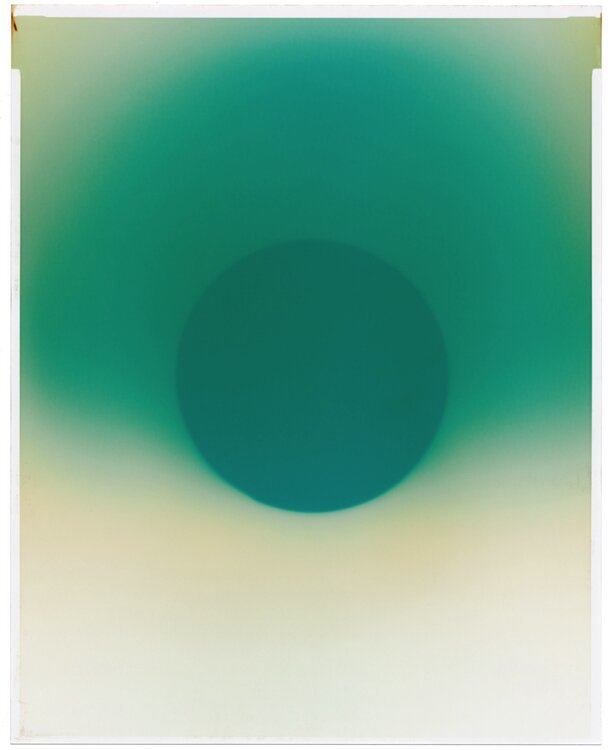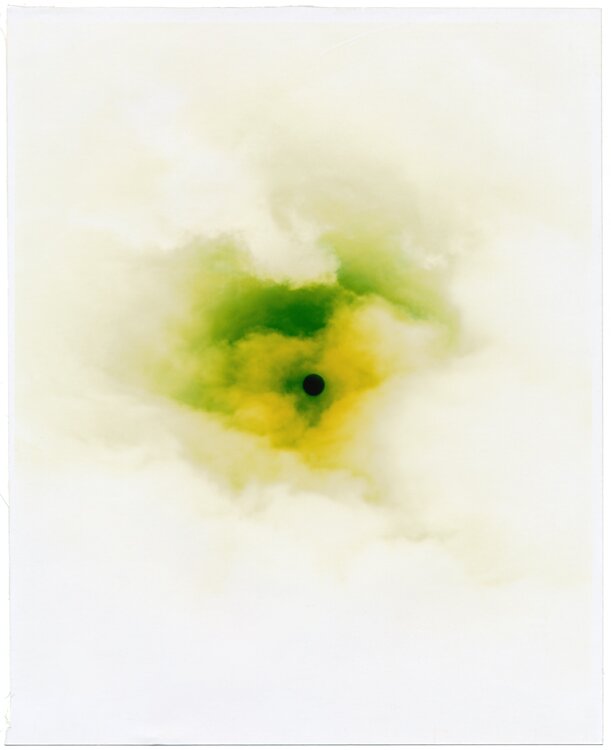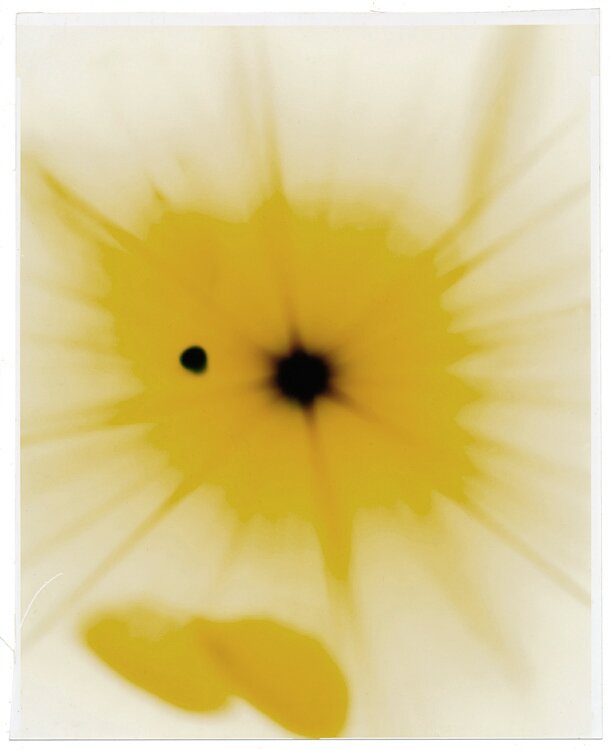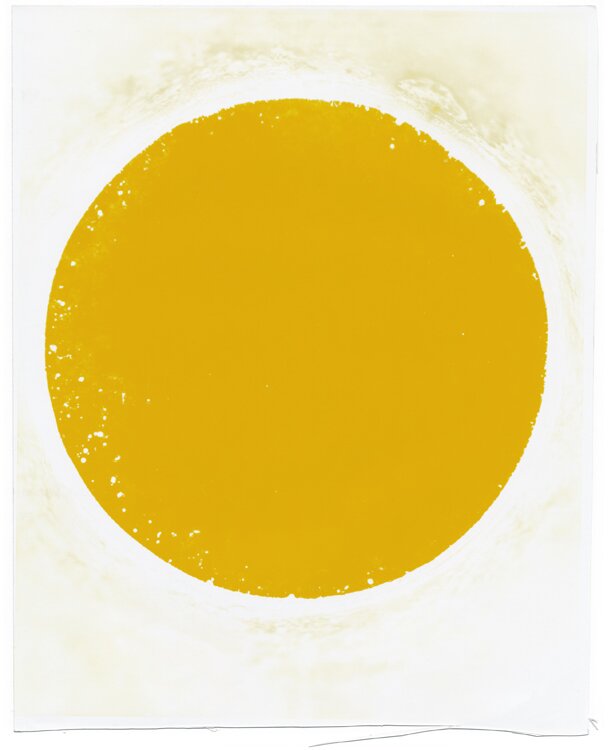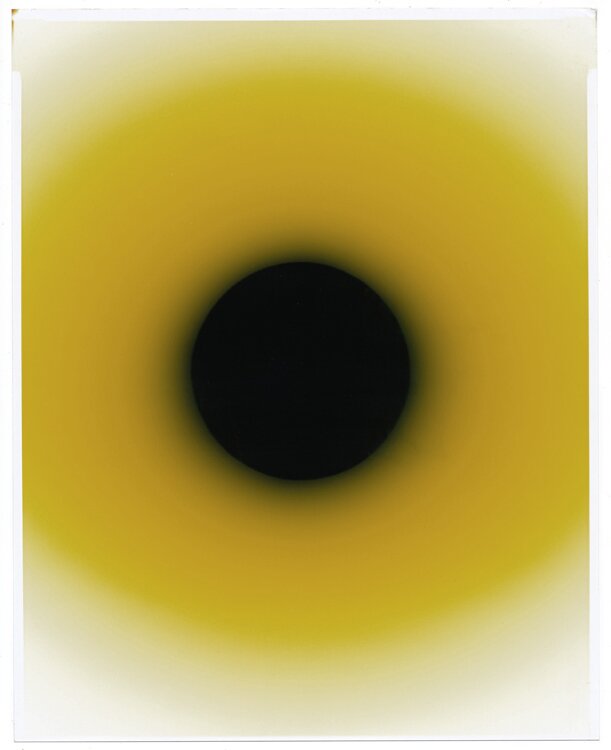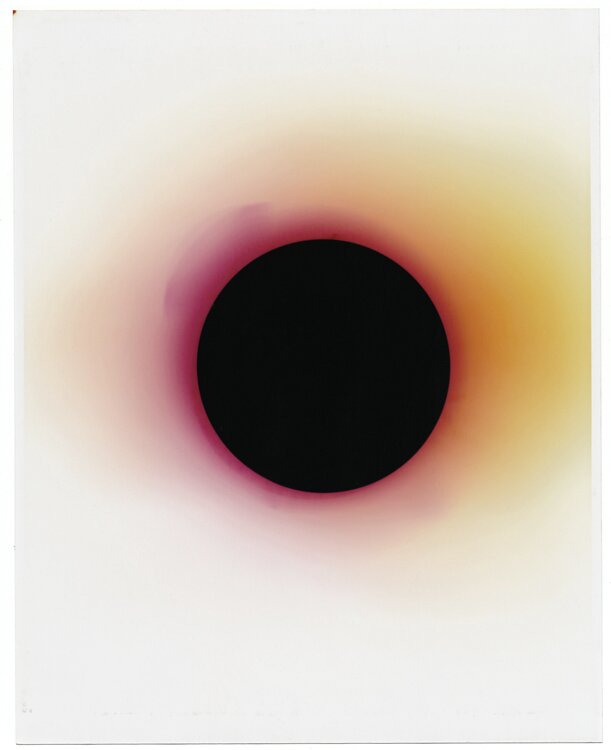Personal project, 2013. B/W. 4×5”
Nicolai Howalt.
By Aleix Plademunt
The Sun
Big Bang is meant to be the beginning of all things, what originated everything. Science knows with high precision what took place during those first moments. All physical and chemical reactions taking place during the first nanoseconds have been identified. The elements are formed at given pressures and temperatures. At the moment of the explosion, when temperature is 1016 degrees, quarks are formed. Then they unite and generate protons and neutrons. And all this takes place before the first second of the creation of the universe. Everything needs to cool down a little for protons and neutrons to unite and make atoms. When two protons and two neutrons are finally united, the first atomic nucleus is born: helium. The universe is one minute old, and its temperature goes down to 10,000 million degrees. These atoms, undergoing different pressures and temperatures, end up making up molecules, and these give us life.
All that we know and don’t know exist because of an almost infinite chain of reactions, many of them totally improbable and random. If the universe had taken only one more second to cool down, nothing that we know would exist, or at least, not as we know it. Nikola Tesla wouldn’t have ionised air in other to turn it into electric energy on the verge of the 18th century, Dario I wouldn’t have ordered the building of Persepolis in 512 B. C., and Michael Jackson wouldn’t have written Billy Jean in 1982. And you wouldn’t be reading this text, wherever you are right now. Stars are formed due to a physical and chemical reaction between atoms, pressures and temperatures. But the presence of our star is a consequence of unpredictable and uncountable millions of reactions. Without our star, the Sun, life on Earth wouldn’t exist. If the particles that ended up uniting to form the Earth had done so on different coordinates than they did, life wouldn’t exist. If the Sun were a bit bigger than it is, life wouldn’t exist. If the Earth had a different magnetic field than it does, life wouldn’t exist. We live happily unconscious of how difficult it was to end up existing. Firstly, thanks to the good relationship we have with the Sun.
That might explain why ancient civilizations thought the Sun was the supreme god, god of all gods. For some it still is; others have known other gods, and many don’t believe in gods anymore. What is certainly clear is that the existence of life in that small solar system, located in a corner of a small and peripheral galaxy in our supposedly infinite universe, we owe to the Sun. We normally thank it with different rituals. In general, we like to admire it and talk about it. Whether it’s sunny or not becomes a topic of conversation between unknown or boring people. We see all that we see thanks to the Sun. It generates a series of particles that we have called photons. They are formed in the Sun’s nucleus and take millions of years to reach its surface. When that happens, they disperse in all directions at a speed of 299,792 km per second. These photons travel 149,600,000 km in 8,2 seconds to reach the Earth and illuminate everything.
The Sun has illuminated the Earth for around 4,500 million years. Life on Earth has existed for around 3,500 million years, and the human species appeared around three million years ago. Photography was invented 191 years ago. Photography is a physic-chemical reaction between silver halides or digital supports and light photons that comes from the Sun. The Sun hasn’t only allowed us, but also has taught us to observe. While scientists make all the efforts to study it and get to know it better, Nicolai Howalt makes a beautiful gesture: in his project Light Break he gives the Sun back its gaze. He looks at it. Our look is physical and scientifically limited, but emotionally infinite.
Nicolai Howalt is inspired by the scientific practice of doctor Niels Ryberg undertaken at the end of the 19th century to photograph the Sun. a finales del Through the use of different lenses, rays, filters and original tools that were previously used by Ryberg with scientific and medical goals, Howalt employs them to observe the Sun and through the photographic copy will be able to see what he apparently cannot see with his own eyes. The region of the electromagnetic spectrum that the human eye is capable of detecting ranges between 400 y 700nm wavelengths. With the help of Doctor Ryberg’s optical instruments, Howalt can observe very concrete wavelengths and even widened them up to 730nm (infrared light).
This is the scientific part of the study, but the act is a totally poetic one. To look at what allows us to look. To look at it in its entire wide spectrum, filter it and be able to see what we think we know can be a whole different story. Multiple visions and interpretations of the Sun are possible. The Sun hasn’t got only one shape. Nicolai Howalt proposes seventy-eight possible different outlooks, each of them singular and unique. To highlight this singularity, Howalt uses paper as sensitive format. The result is a 20×25” copy that is unique and impossible to reproduce. The negative is the final copy. This series has been edited as a book that presents reproductions of these seventy-eight originals at 20×25”, as if it was a contact sheet book. It is a philosophical experience rather than scientific. It implicitly situates us within space and time, but also askes us to dedicate more careful attention to the star that rises every morning and sets every night, that seems to go round but has us eternally dancing around it.


